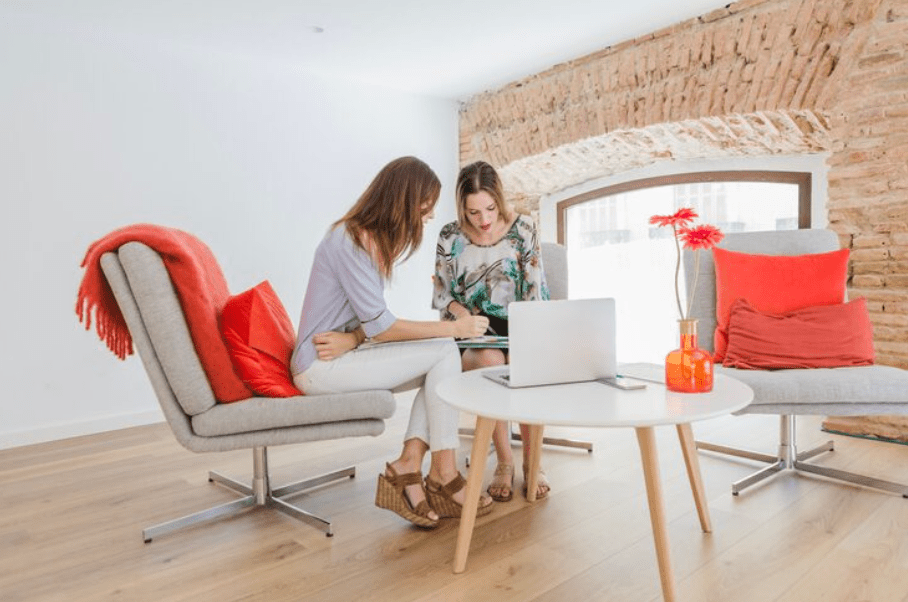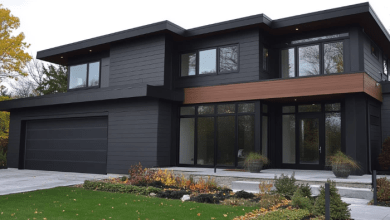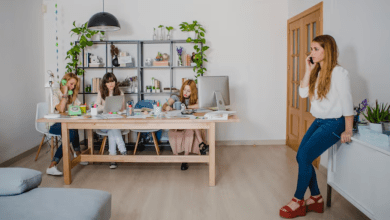
Your home should reflect your lifestyle and bring you joy, not just follow trends. Designing with your daily routines and needs in mind ensures your space is both functional and fulfilling, creating a home that works for you long-term.
Understanding Your Unique Lifestyle
Before selecting paint colors or furniture, take time to honestly assess how you actually live. Start by tracking your daily routines for a week. Notice where you spend the most time, what activities you do regularly, and where friction points exist in your current space.
Consider your morning routine. Do you prefer a quick coffee grab-and-go, or do you enjoy leisurely breakfasts with family? Your answer will influence whether you need a compact coffee station or a spacious kitchen island with seating. If you work from home, document when and where you’re most productive. Some people thrive in bustling, central locations while others need quiet, separate spaces.
Don’t forget about your hobbies and interests. An avid reader needs good lighting and comfortable seating in a quiet corner. Someone who loves cooking requires ample counter space, quality storage, and perhaps a pantry. Musicians need acoustically appropriate spaces for their instruments.
Think beyond your current situation too. Are you planning to start a family, accommodate aging parents, or transition to remote work? Life changes, and your home should be able to adapt. Building in flexibility from the start saves costly renovations later.
Key Design Elements That Support Your Life
Space utilization forms the foundation of lifestyle-focused design. Open floor plans work well for social families who enjoy cooking, eating, and relaxing together. However, they might frustrate households where different family members have varying schedules or noise tolerances.
Consider how you move through your home throughout the day. Create clear pathways between frequently used areas. If you often carry laundry from upstairs bedrooms to a basement laundry room, ensure the route is well-lit and obstacle-free.
Storage solutions should match your organizational style. Visual organizers who like seeing their belongings benefit from open shelving and glass-front cabinets. Those who prefer clean, uncluttered surfaces need plenty of hidden storage options. Match your storage to your habits rather than fighting against them.
Color schemes and lighting dramatically impact mood and functionality. If you’re someone who feels energized by vibrant colors, incorporate them in spaces where you want to feel motivated, like a home office or workout area. For relaxation zones, consider calmer palettes that help you unwind.
Natural light availability should influence room assignments. Place your home office in the brightest spot if you work during daylight hours. Save dimmer spaces for bedrooms or media rooms where softer lighting is preferable.
Material choices should reflect both aesthetic preferences and practical needs. Families with pets and children might choose durable, easy-to-clean surfaces over delicate materials that require constant maintenance. Active households benefit from slip-resistant flooring and stain-resistant fabrics.
Adding Personal Touches That Tell Your Story
Your home should tell the story of your life, interests, and experiences. Personal touches transform a generic space into one that feels uniquely yours. However, the key is incorporating these elements thoughtfully rather than cluttering every surface.
If you’re a collector, create dedicated display areas that showcase your treasures without overwhelming the space. Built-in shelving, shadow boxes, or gallery walls can highlight collections while maintaining organization. Rotate items seasonally to keep displays fresh and prevent visual overwhelm.
Art integration goes beyond hanging pictures on walls. Consider how different pieces make you feel and place them accordingly. Energizing artwork works well in kitchens and workspaces, while calming pieces suit bedrooms and meditation areas.
Create spaces that support your favorite activities. A reading nook with perfect lighting and a comfortable chair encourages more reading time. A dedicated crafting area with proper storage keeps supplies organized and projects accessible. These personalized spaces make it easier to engage in activities that bring you joy.
Travel memories and family photos deserve thoughtful placement too. Create a gallery wall of vacation photos in a hallway, or display meaningful objects from trips on dedicated shelves. These personal elements make guests feel welcome while reminding you of special experiences.
Don’t overlook the power of scent and texture in personalizing your space. Candles, diffusers, soft throws, and varied textures create sensory experiences that make your home feel inviting and uniquely yours.
Seasonal Adaptability and Future Planning
Lifestyle-focused design considers how your needs change throughout the year and over time. If you love hosting holiday gatherings, ensure your dining and living areas can accommodate larger groups. This might mean choosing extendable dining tables or arranging furniture that’s easy to rearrange.
Consider climate and seasonal changes in your area. Homes in regions with distinct seasons benefit from flexible spaces that can adapt to different weather patterns. Screened porches, mudrooms for wet gear, and cozy fireside seating areas all support seasonal lifestyle changes.
Plan for aging in place if you intend to stay in your home long-term. Wide doorways, accessible bathrooms, and bedroom options on the main floor become increasingly valuable over time. Home additions like those in Utah often incorporate these universal design principles from the start.
Future family changes should influence current design decisions. A spare room might serve as a home office now but could become a nursery or guest room later. Flexible spaces with good lighting, electrical access, and privacy options adapt more easily to changing needs.
Conclusion
Designing a home isn’t about trends—it’s about creating a space that supports your routines, interests, and evolving needs. Start by improving one problem area in your home, and build confidence for larger projects. Lifestyle-focused design is an ongoing process, ensuring your home adapts as your life changes, making daily living easier and more enjoyable.



